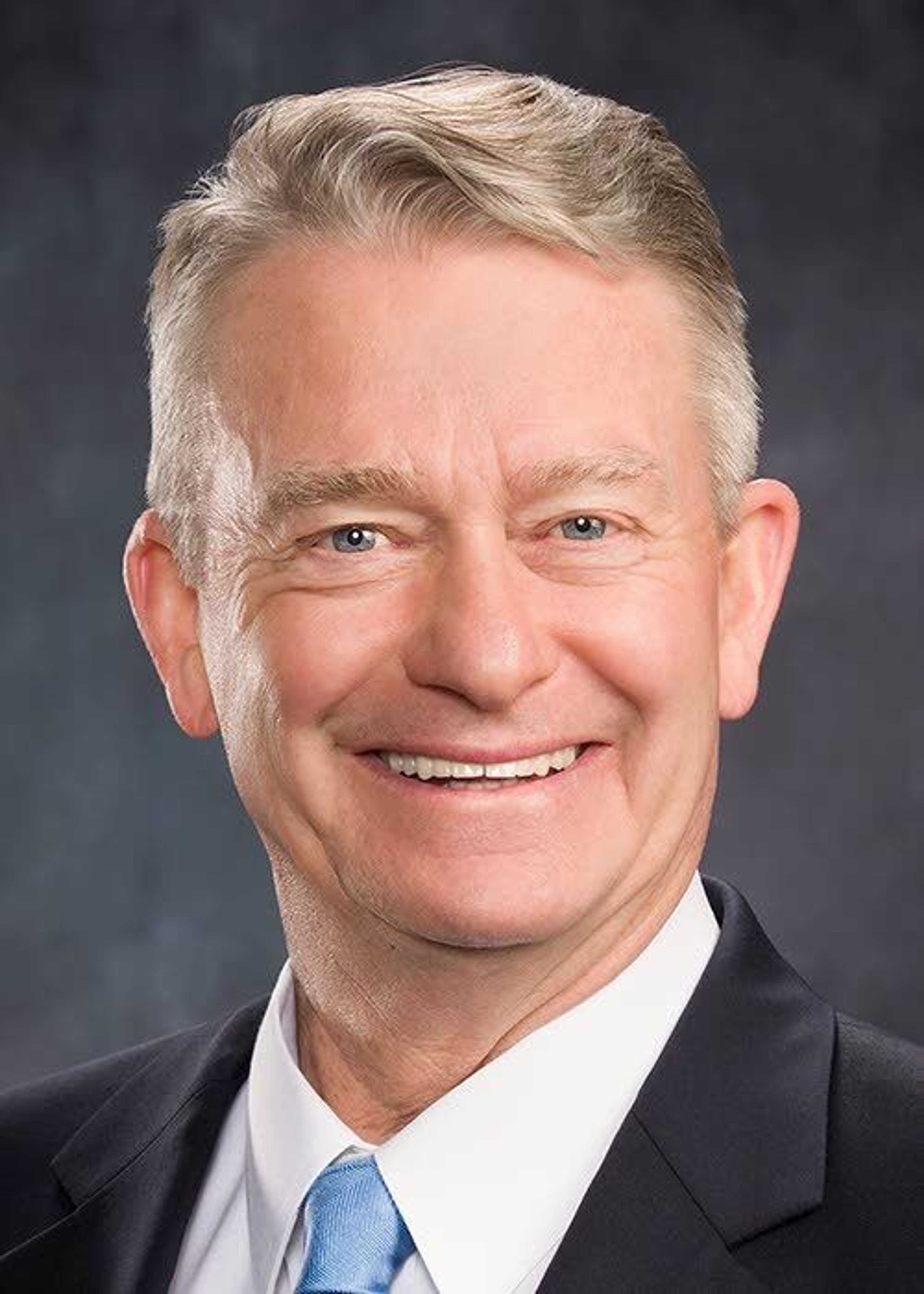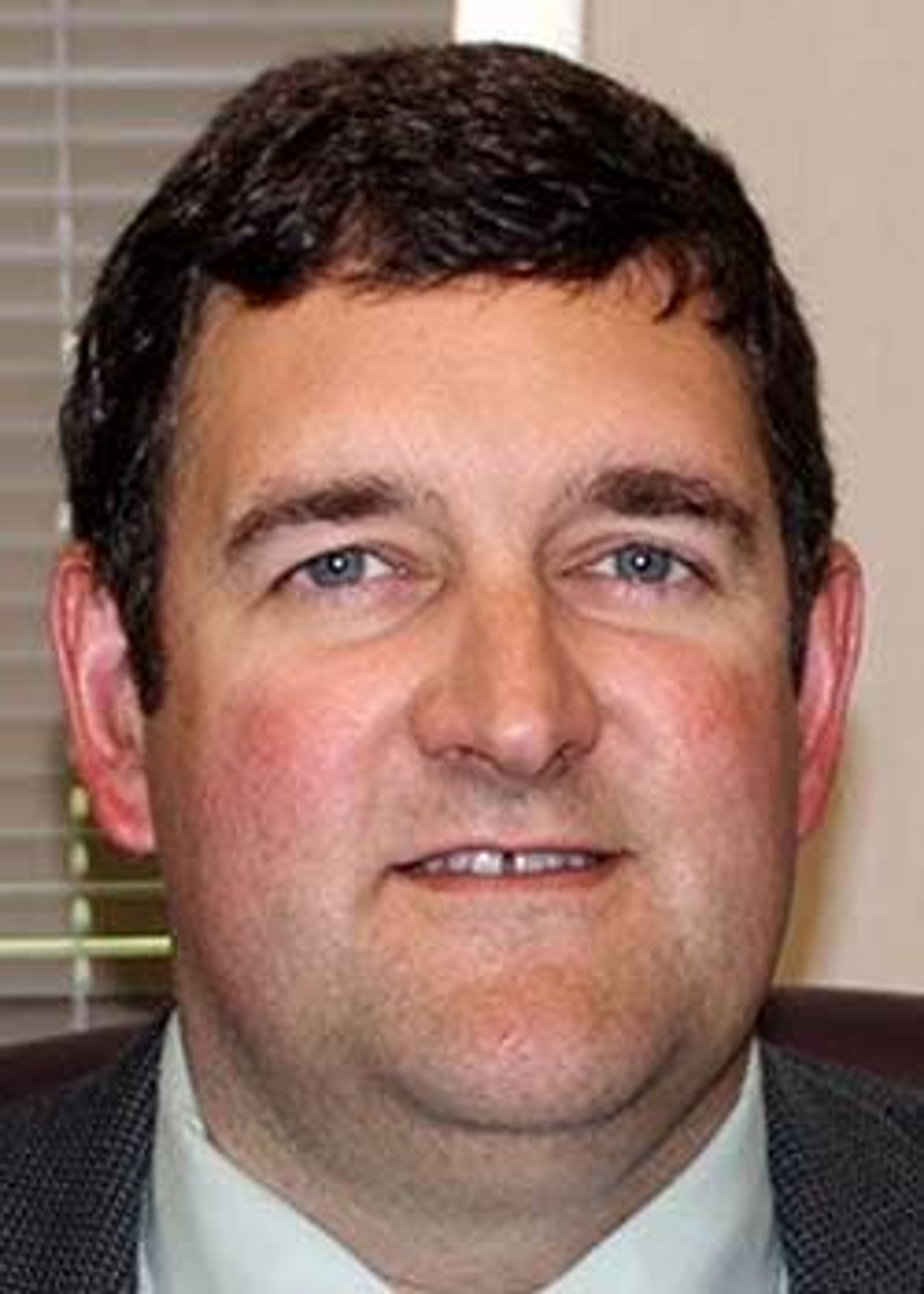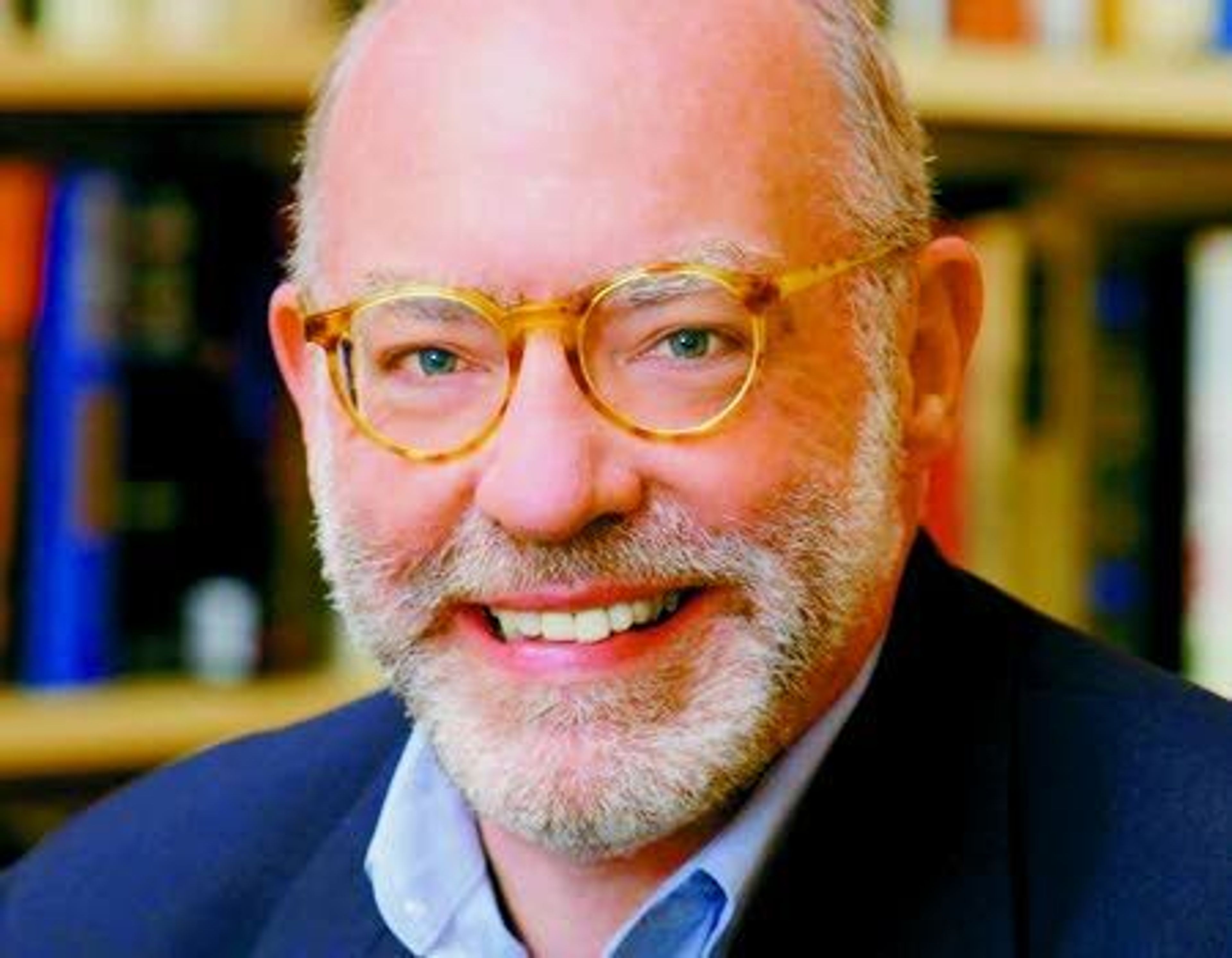Idaho lifts limit on gatherings
Officials cite ample hospital space
BOISE — Idaho is moving into a new stage of Gov. Brad Little’s coronavirus reopening plans and lifting restrictions on the size of gatherings.
Idaho Department of Health and Welfare Director Dave Jeppesen made the announcement Tuesday, noting that the state’s health care system isn’t strained and plenty of vaccine is available for interested residents.
“Eighty-three percent of hospitals are operating as normal and there’s no hospital in the state that has a resource limitation going on,” Jeppesen said during a news conference.
In November and December, some Idaho hospitals were intermittently turning away people or sending them elsewhere because they didn’t have enough healthy staffers or available beds to admit them.
In Stage 3 of the reopening plan, gatherings were supposed to be limited to 50 or fewer people, though political, religious, educational and health care events were exempt from the restriction.
The current move to Stage 4 means there is no limit on gatherings, though public health officials are encouraging people to follow guidance from federal and local health agencies on how to gather safely.
Face coverings are still recommended for vaccinated and unvaccinated people at times when physical distancing is difficult, and people and businesses should continue to follow physical distancing and sanitation recommendations, Jeppesen said.
So far, 623,836 people have received vaccinations in the state of roughly 1.8 million residents, according to numbers from the Idaho Department of Health and Welfare. But health officials say more people need to get vaccinated to keep Idaho on track for a full recovery.
“Part of a full return to normal is to get people vaccinated,” said Elke Shaw-Tulloch, administrator for the Division of Public Health.
Public health officials are urging vaccine providers to prioritize shots when patients are willing to get them rather than worry about potentially wasting doses.
Some of the vaccines include multiple doses per vial, and once a vial is opened, the content has to be used within a few hours or it will expire. When vaccine supplies were limited and demand for the shots was high, providers were told to try to schedule appointments so no dose went unused.
Now, Shaw-Tulloch said, the state has an ample supply of vaccine and demand has waned.
“We want to encourage providers to open up that vial and take advantage of that moment in time,” and vaccinate people at the first opportunity, Shaw-Tulloch said, “knowing that it might result in some wastage.”
So far, only about 15 percent of 16- and 17-year-olds have been vaccinated in Idaho, said state epidemiologist Dr. Christine Hahn.
“We realize we have a lot to work to do, working with parents and providers,” to increase vaccination rates, Hahn said.









